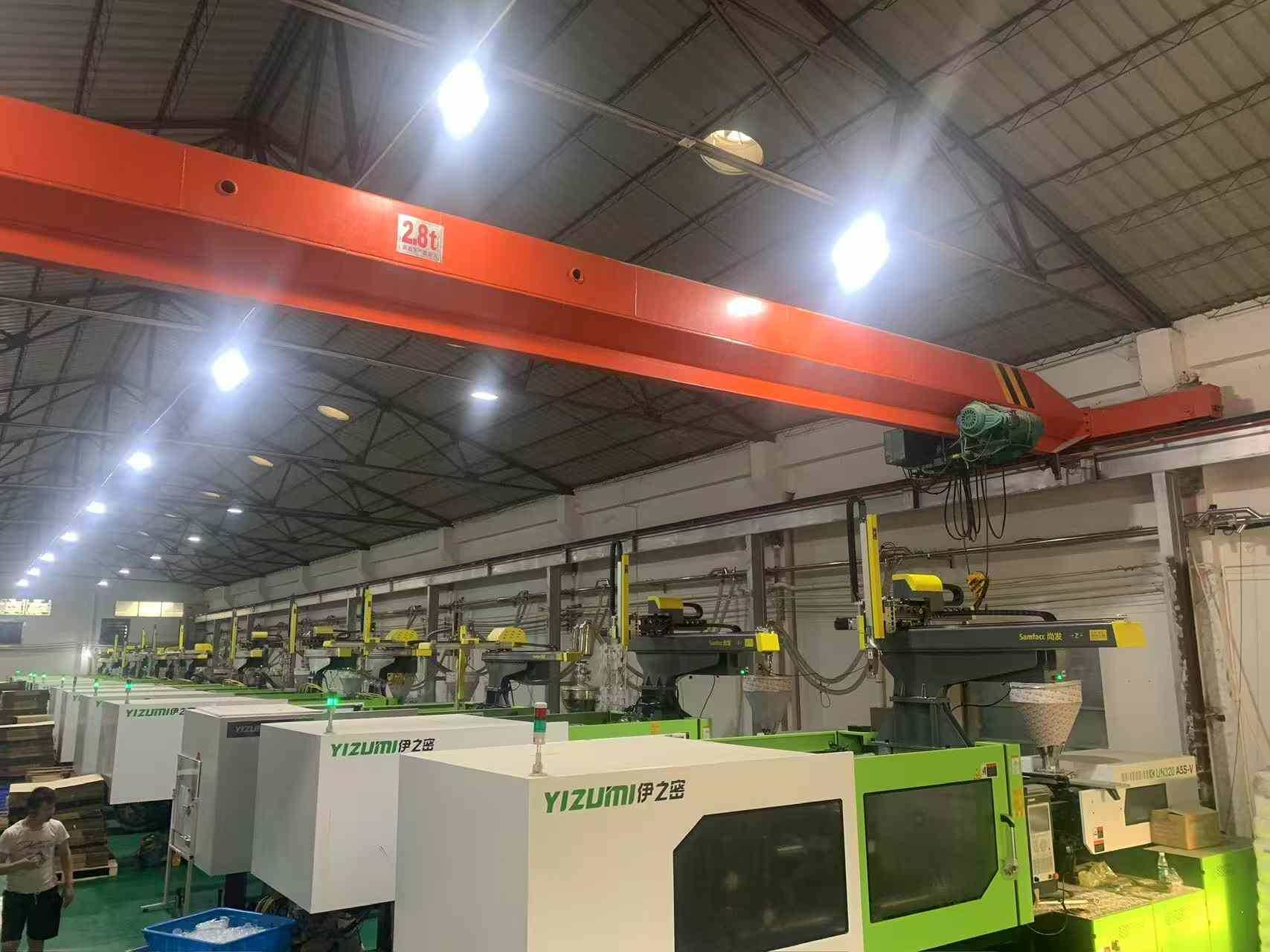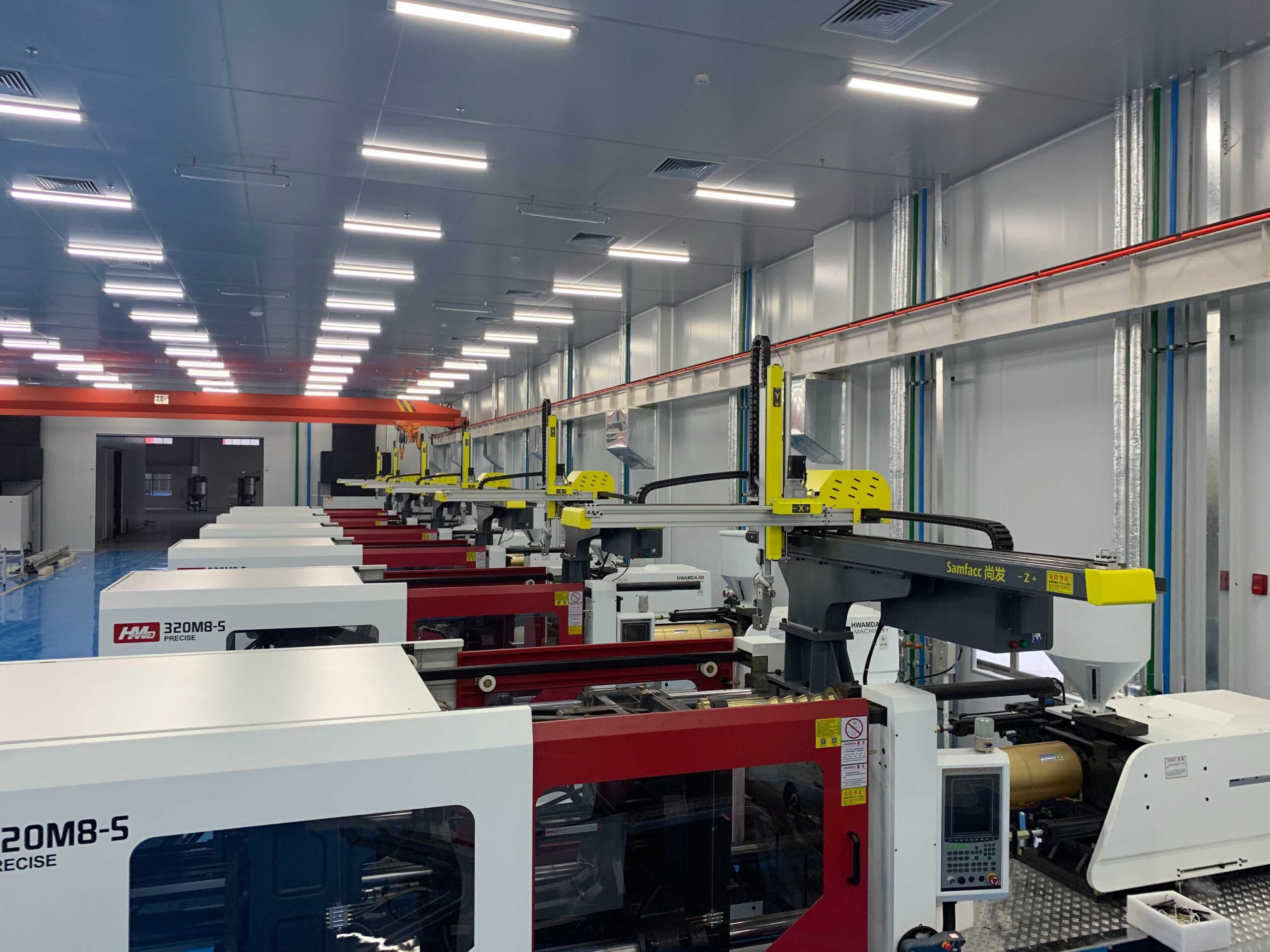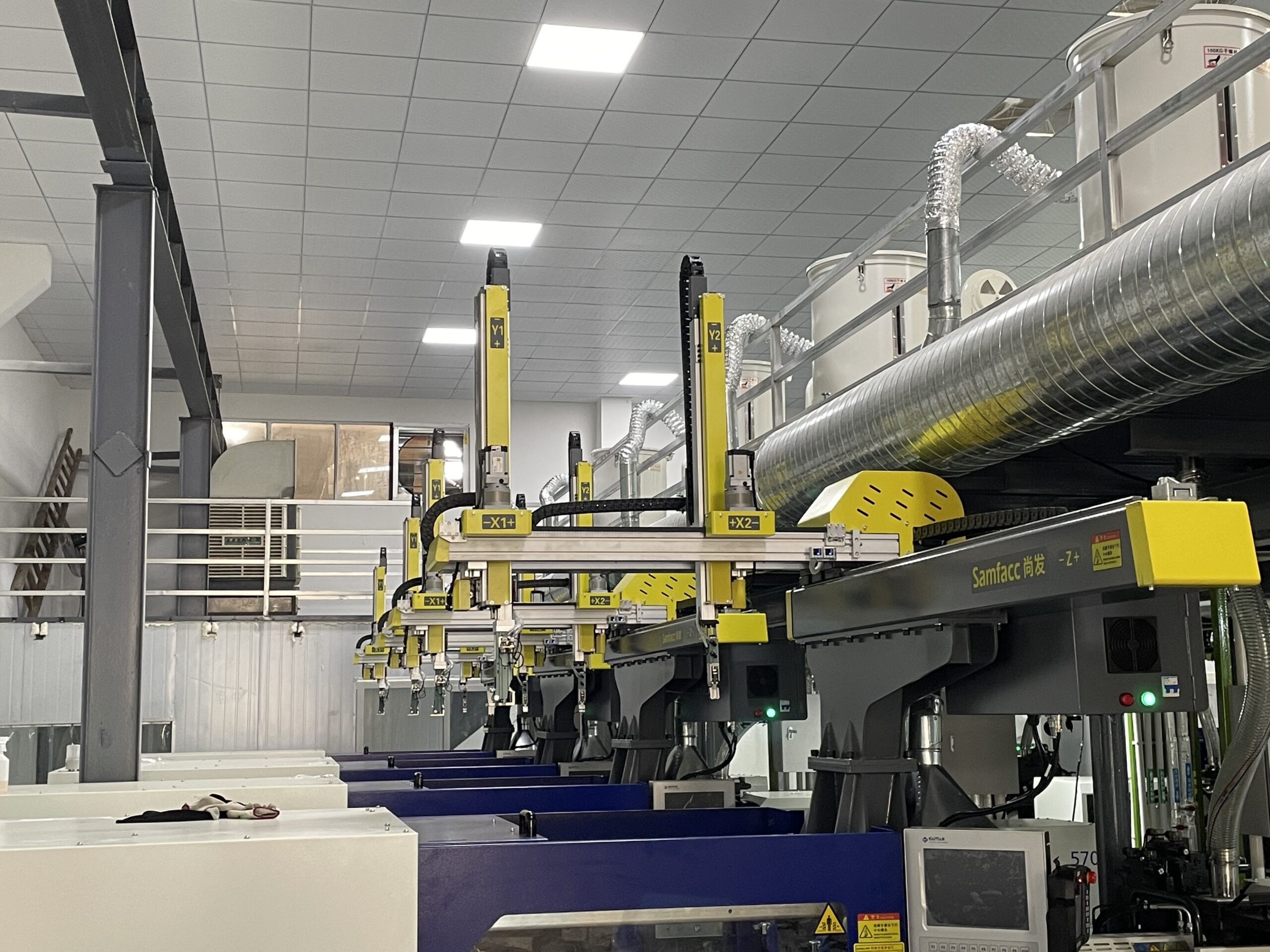Over the past decades, industrial robotics has transitioned from a futuristic need to an essential requirement in modern manufacturing. What is an industrial robot? Simply put, it’s a programmable, motor-driven machine designed to perform complex tasks, such as welding, assembly, material handling, and inspection, with speed, precision, and repeatability.
This article unfolds the fundamentals while highlighting how these systems solve today’s production challenges.
What Is an Industrial Robot? Understanding the Basics
When people ask, “what is an industrial robot?” they often envision robotic arms in car factories. In reality, an industrial robot may have varying degrees of freedom, from simple two-axis Cartesian systems to sophisticated six-axis units equipped with vision and AI.
Fundamentally, they consist of joints, actuators, sensors, and controllers working in unison to replace or augment human labour in manufacturing processes.
Key Components and Their Role
To understand what is an industrial robot, it’s important to look at its core components: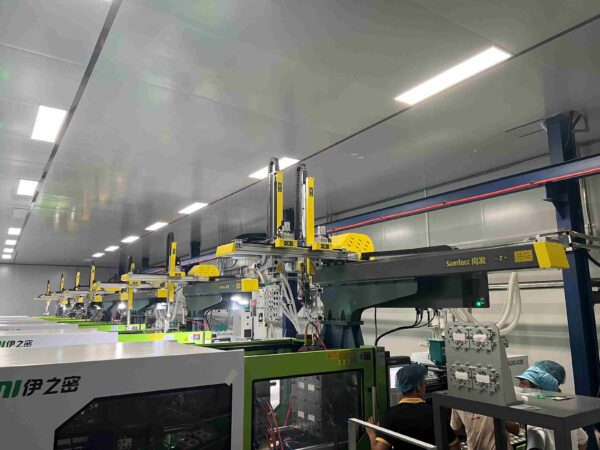
- Manipulator (robot arm): The mechanical arm that enables movement and allows the robot to handle, position, or interact with parts and tools.
- End effector: The working attachment, such as a gripper, welder, or suction cup, designed for specific tasks.
- Controller: The robot’s brain, managing all motion and operational logic in real time.
- Programming interface: A user-friendly system, typically a teach pendant or PC-based software, for configuring and controlling robot actions.
Together, these components allow industrial robots to perform complex, repetitive, or hazardous tasks with precision, speed, and minimal human intervention.
Recommended Industrial Robot Solutions from SAMFACC
For manufacturers exploring automation, SAMFACC offers a range of industrial robots designed to suit different tasks, production environments, and budgets. Below are some of the most practical solutions worth considering.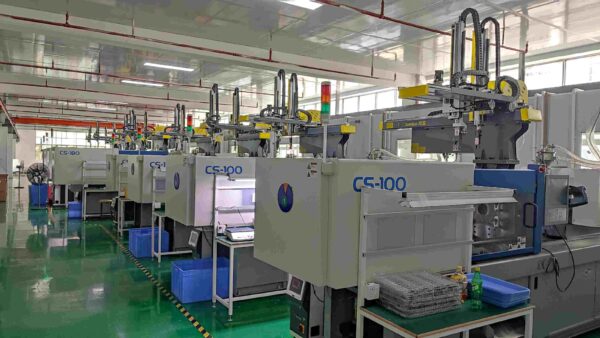
- SFK Series High-Speed Robothttp
Handles stacking, fast part removal, and placement tasks in injection molding lines. Its fast cycle time and servo control make it ideal for high-efficiency, repetitive automation. - SP Series Swing-Arm Robot
A space-saving pneumatic robot used for simple mold part take-out and stacking operations. Commonly applied in smaller injection molding setups requiring basic, efficient part handling. - SFK-WD Series High-Speed Robot
Top-entry dual-arm robot with servo control, ideal for removing products and runners simultaneously from multi-cavity molds. Designed for synchronized, high-speed, precision operations in molding environments.
Each model addresses the question, what is an industrial robot, with tailored capabilities, from rigid structural arms to lightweight, safe, collaborative units.
Tips for Choosing Your Industrial Robot
Asking yourself, “What is an industrial robot?” should lead to evaluating these criteria: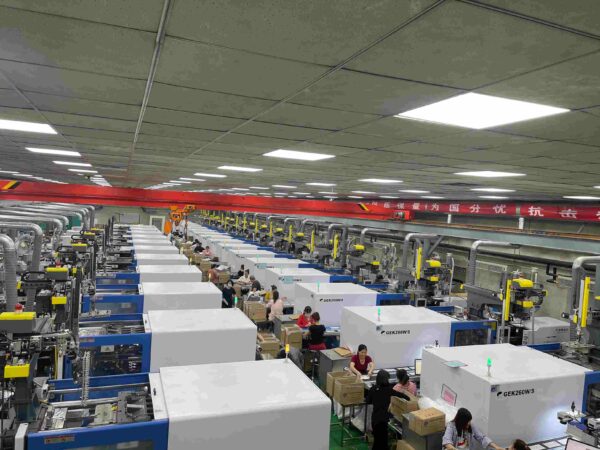
- Payload & Reach – Match the robot’s capacity to the heaviest load and farthest point it must work.
- Speed & Cycle Time – Consider how fast the robot must operate to meet your throughput demands.
- Integration & Programming – Ensure compatibility with vision systems, conveyors, or legacy lines.
- Safety Features – Collaborative robots need built-in sensors and compliance with ISO 10218 & ISO 13849 standards.
Future Outlook
Advanced industrial robots now redefine the question “What is an industrial robot?” by demonstrating remarkable adaptability across tasks and environments. With AI-powered path planning, vision-guided picking, and predictive maintenance, today’s robotics is less rigid, more responsive, and increasingly autonomous. A sign of where the next decade is leading.


